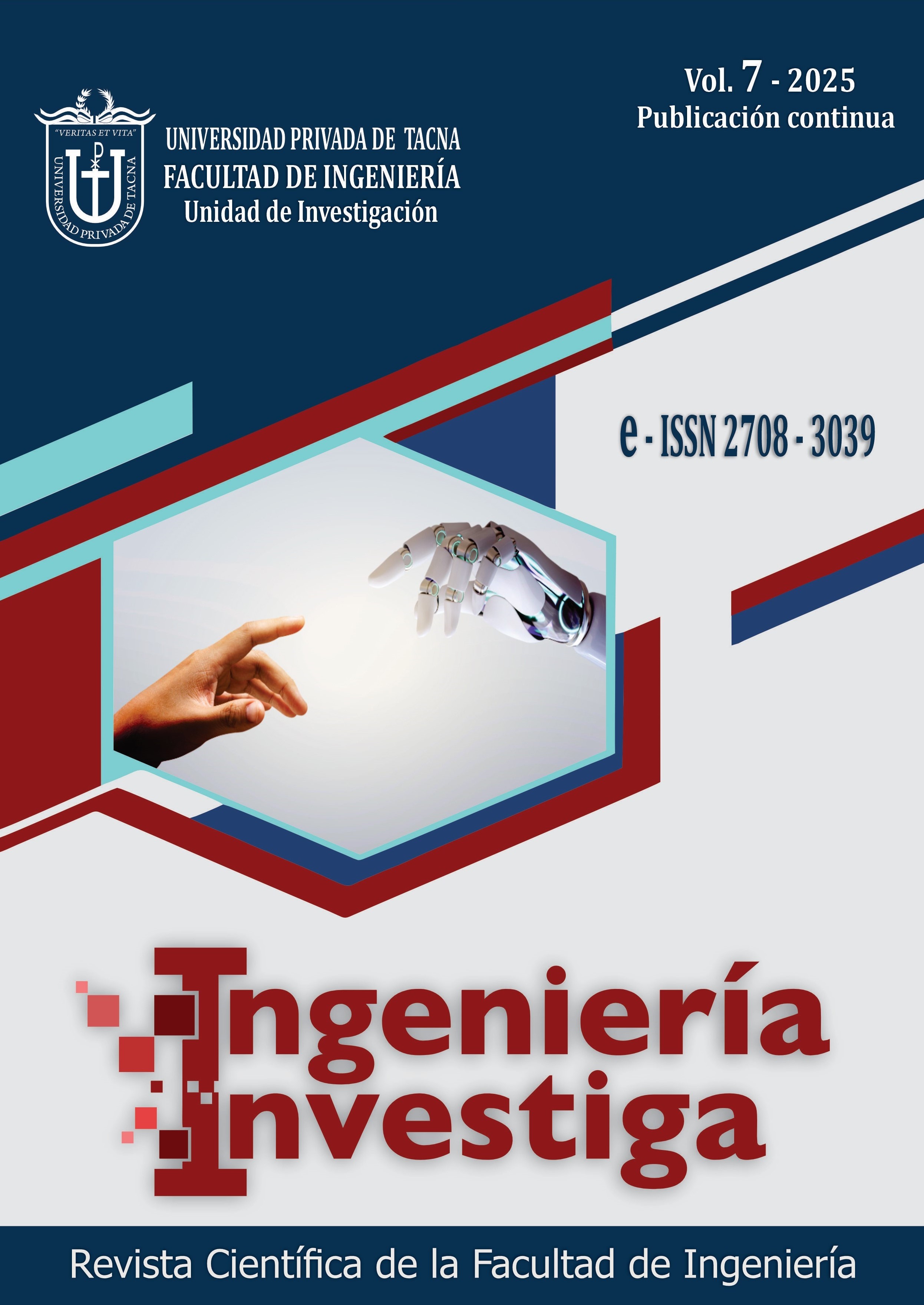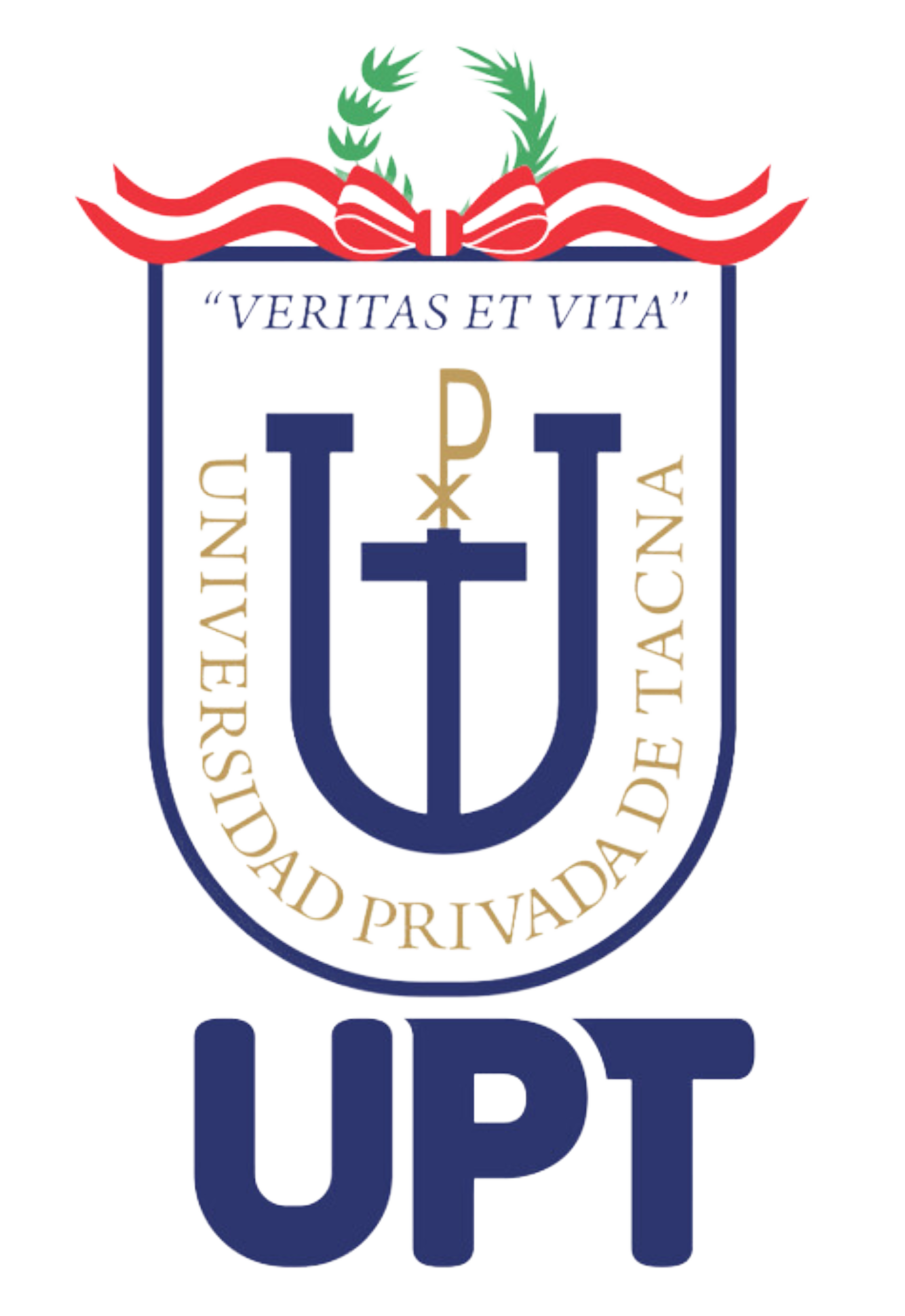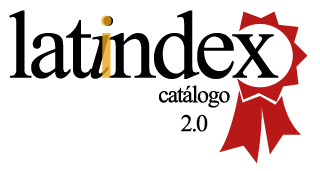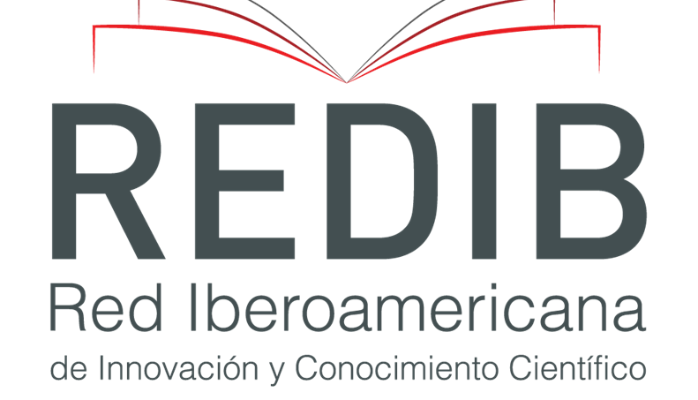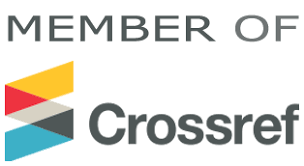Nutritional Value and Acceptability of a Snack Product Containing Nostoc sphaericum
DOI:
https://doi.org/10.47796/ing.v7i00.1215Keywords:
cyanobacteria, food science, product developmentAbstract
The growing demand for functional foods has encouraged the development of innovative products using native ingredients with high nutritional value, such as Nostoc sphaericum (cushuro), a cyanobacterium traditionally consumed in high Andean regions. This study aimed to evaluate the nutritional profile and sensory acceptability of a snack made from cushuro collected in the Razuhuillca lagoon, Ayacucho, Peru. A screening experimental design was applied to analyze 13 formulations with variations in seven ingredients (two dehydrating agents, three stabilizers, and one pH regulator), followed by proximal analysis of the fresh and osmotic-dehydrated product, as well as sensory tests of four attributes. The optimal snack contained 1.20 % protein, 78.03 % carbohydrates, 324.92 kcal/100 g, 73.6 mg/100 g of calcium, and 3.86 mg/100 g of iron. In sensory terms, the most accepted formulation (F8) combined 10 % white sugar and moderate levels of stabilizers, reaching an average score of 5.9 out of 7. Statistical analysis revealed that fumaric acid and gelatin had a significantly negative effect on acceptability, while white sugar improved overall perception. The optimal formulation predicts high sensory acceptance and demonstrates the potential of cushuro as a functional ingredient for the development of healthy snacks, highlighting its value in food innovation and the revalorization of native resources.
Downloads
Downloads
Published
How to Cite
Issue
Section
License
Copyright (c) 2025 Marilu Ines Anchayhua Chate, Jorge Adalberto Málaga Juárez

This work is licensed under a Creative Commons Attribution 4.0 International License.

